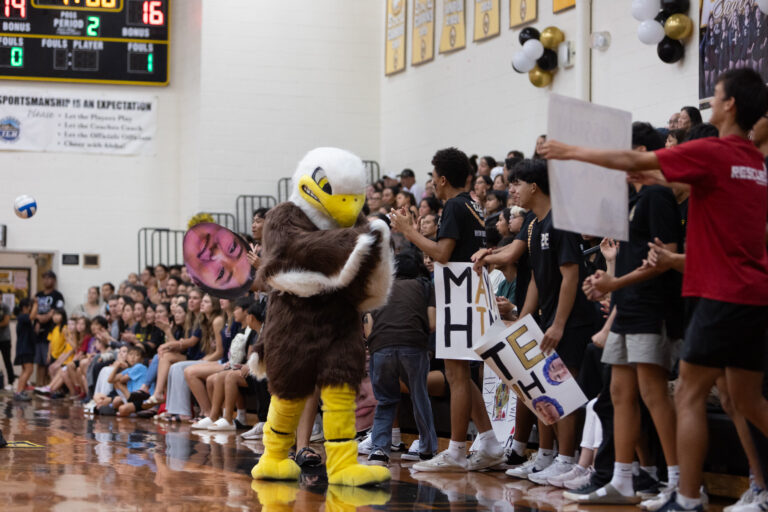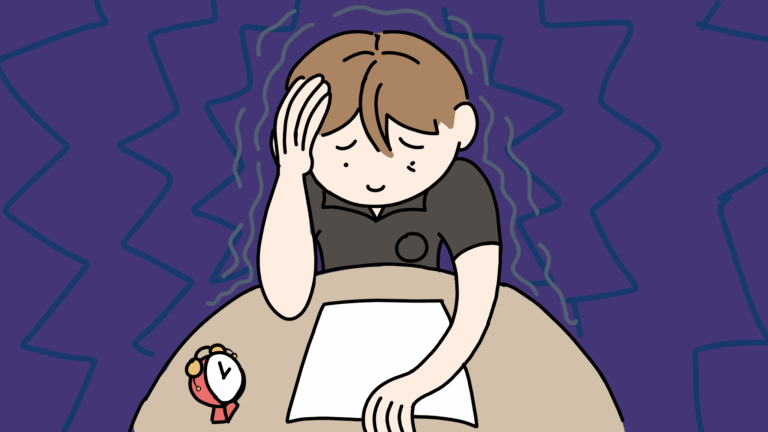Many Americans are familiar with the classic painting of the Thanksgiving table by Norman Rockwell, which shows a plump turkey, roasted to a golden crisp.
Though not shown in the painting, images of moist stuffing, deep red cranberry sauce, creamy mashed potatoes, and juicy smoked ham also come to mind when we think about the approaching Thanksgiving holiday.
However, according to History.com, the Pilgrims who celebrated the first Thanksgiving with the Wampanoag tribe would have actually had corn, lobster, fowl, and deer on their dinner table. Although widely celebrated, the American Thanksgiving wasn’t made into a national holiday till President Abraham Lincoln made it one during the Civil War years.
“Opening our house to people who are far from home is what I’ve always associated Thanksgiving with…”
Senior Keiko Sanders
Over the years, the American Thanksgiving table has evolved significantly, going in different directions depending on cultural differences. Eighth grade American History teacher Derek Coryell grew up in south Virginia where he tended to eat traditional “mainland” Thanksgiving fare: turkey, sweet potatoes, mashed potatoes, pumpkin or pecan pie, cranberry sauce, stuffing, and “whatever salad or other green vegetables is fresh and available.”
Junior Joel Lau, whose parents are Chinese, however, doesn’t have a stereotypical Thanksgiving feast. “My family doesn’t normally have a turkey,” said Lau. “because we typically have char siu, roast duck, other Chinese meats, Chinese style soup and other mainly Cantonese foods.” He added, “But we also eat American stuff like bread, pumpkin pie, ham, steak, and always sparkling apple cider.”
Just as the food served on Thanksgiving varies from culture to culture, students and faculty, hailing from various cultures, differ in their view on the meaning of Thanksgiving. Journalism teacher Eunice Sim, who grew up in Singapore, was introduced to Thanksgiving after coming to the United States. “Thanksgiving only became a tradition for me as an adult..but it has become one of my favorite holidays because it’s about taking time to enjoy your family (or friends that have become like family) and be thankful for them.”
Junior Sihan Ma, who moved to the U.S. with her family from China during her sophomore year, said, “My family doesn’t really celebrate Thanksgiving… but even though we don’t celebrate it, I still think it’s a nice holiday because we get to stay with our family and enjoy the fun moments that we have.”
Lau also elaborated on his view of Thanksgiving, saying, “It is a time where friends and family can gather and reflect on the many blessings that God had given us. Also, it’s a time for good food.” For Coryell, Thanksgiving brings with it memories of home. “Thanksgiving for me is deeply connected to Virginia, where I grew up,” he said. “It was the time of year when fall was ending, the trees were bare and the cold was setting in for winter.”
As for senior Keiko Sanders, who moved from Texas to Hawaii in her junior year, Thanksgiving in Texas was about hospitality. “The people we had over were usually aunts and uncles, church members, family friends, and random people from Hawaii that we would meet along the way,” she said. “I was surprised by how many people from Hawaii we came across in Texas who were without family to spend with during the holidays. Opening our house to people who are far from home is what I’ve always associated Thanksgiving with and I hope I continue to carry on that same spirit of hospitality in the future.”
When comparing the Thanksgiving the Pilgrims experienced with our modern day Thanksgiving, there is plenty to be thankful for. After landing at Plymouth, Massachusetts, the Pilgrims endured a hard first year in the New World. Their crops didn’t grow, and they buckled down for a harsh winter where many died. However, the Pilgrims were helped by the English-speaking Indian, Squanto, in the spring who taught them how to farm and hunt. The Settlers invited Wampanoag to have a celebratory harvest feast, which eventually became remembered as the Thanksgiving feast. Today, even though Thanksgiving is celebrated with big parades, football games, and even turkey eating contests, Americans will always sit down at a table in harmony, remembering to be thankful for the things we have.






